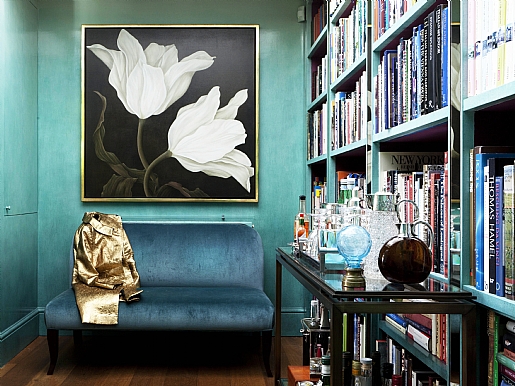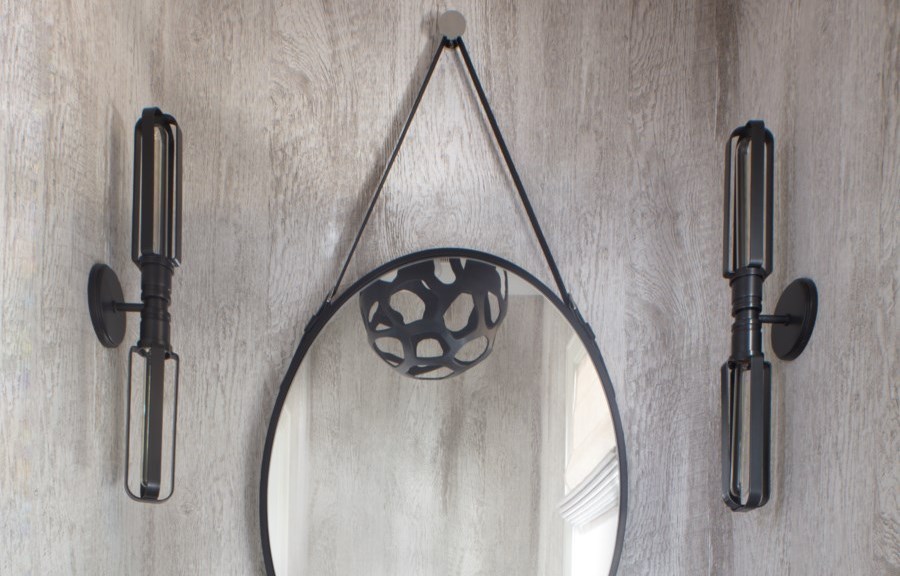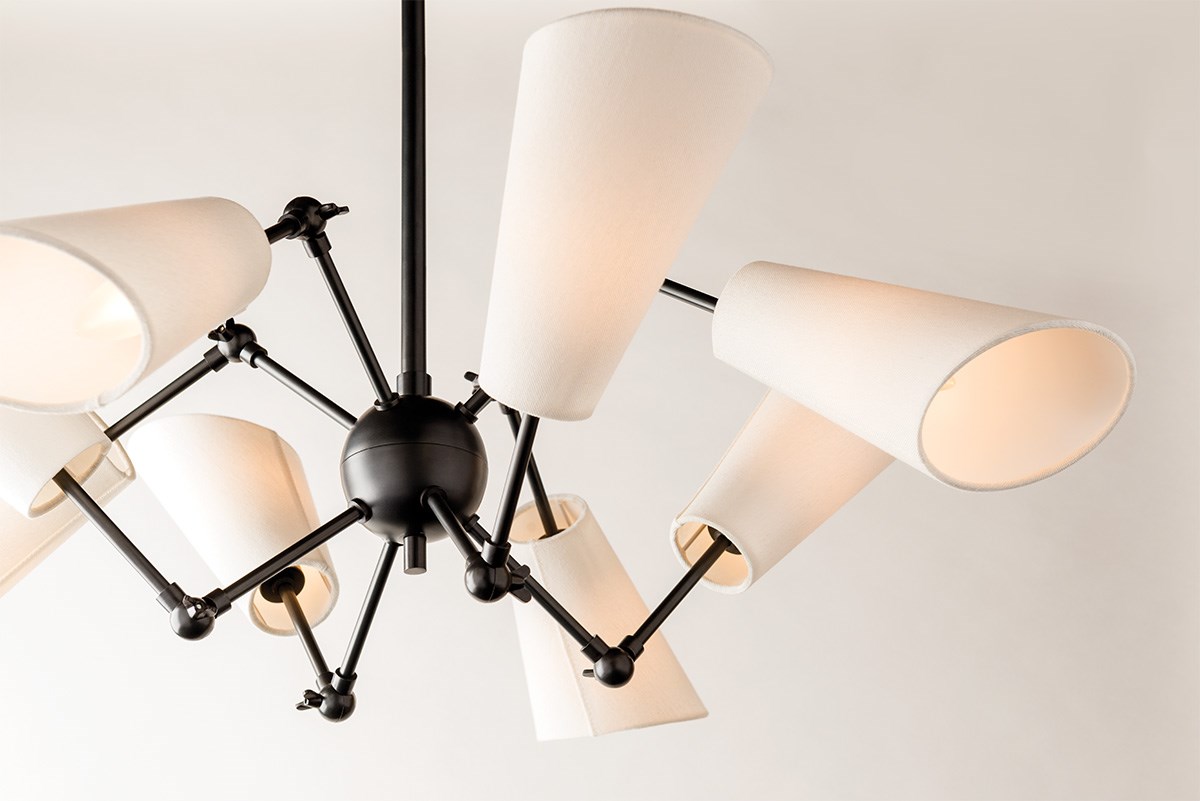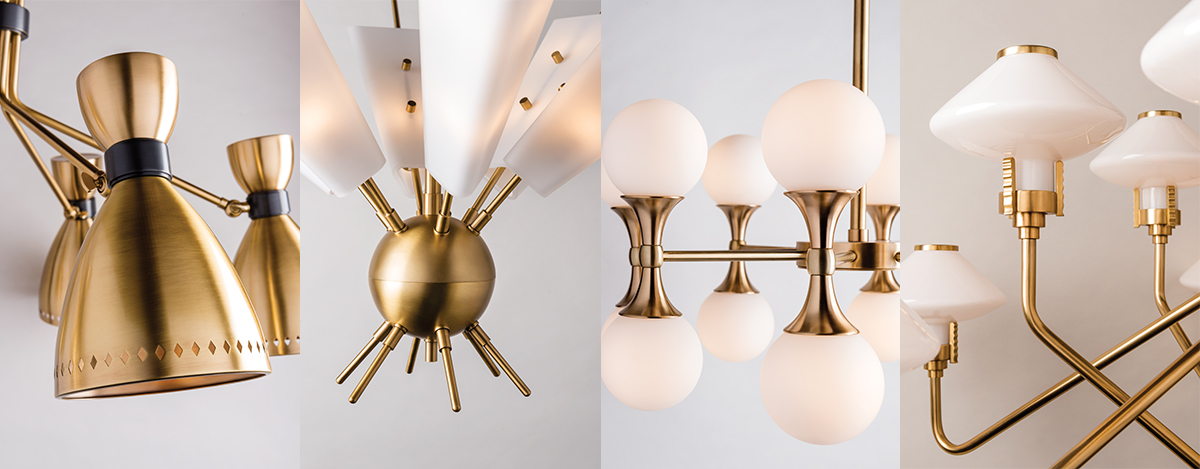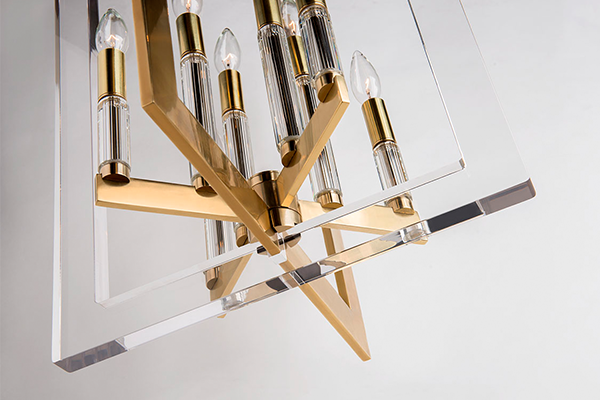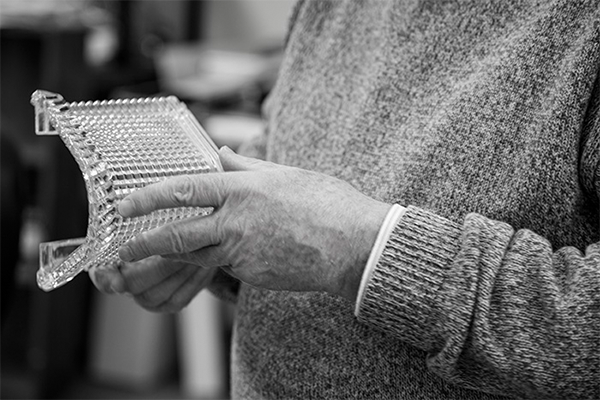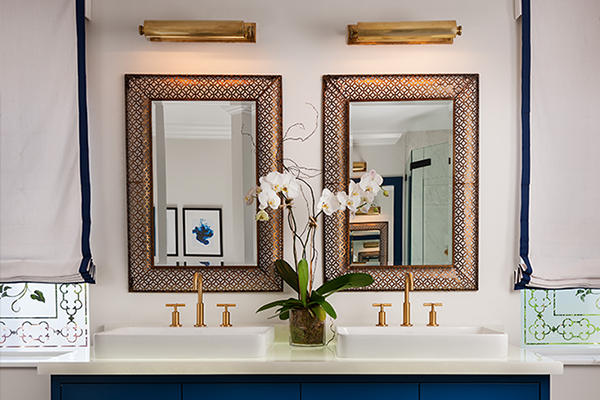“Once you go lacq, you never go back.” At least, that's what superstar interior designer Jeffrey Bilhuber says in this Instagram post of a room he just had painted in 15 painstaking coats. The question might be put more accurately, “Can you go back?”
After all, that's a heck of a lot of paint.
The lacquered look is one that is making the rounds lately, with swoon-worthy spaces being flaunted in the pages of fine interior design magazines. It is the kind of thing that makes you sit right up and go "Me, too! Me, too!"
Before chasing this vision, be advised: It's a challenge which ought to be taken seriously. You will need to hire a team to do it and it is laborious and expensive. However, when it's done, does anything compare?
It is correctly referred to as ne plus ultra of interior glamour. But not every room is suited for it.
Consider: what room or hallway needs to gain a sense of expansion? Which space do you want to make a dramatic impact? A room that doesn't get much daylight but has generous windows makes a good option, as the lacquered surface—walls or ceiling—will reflect the light.
As Suzanne & Lauren McGrath point out in their excellent post on dark lacquered walls, "If you are considering painting your walls a dark, lacquered color, make sure you have sufficient lighting throughout the room—it’s the interplay of light and reflection that makes lacquered walls so special!"
The ceiling—that most neglected of surfaces—is a great place to do it. Just look at the impact it makes on a space. It wouldn't be hyperbolic to use the word "transformative."
.jpg)
Hudson Valley Lighting Lewis chandelier suspended from a beam before a lacquered light-blue ceiling in Matthew Quinn's House Beautiful Kitchen of the Year 2016* Photograph by Emily Jenkins Followill
Albert Hadley, legendary interior designer, had a wonderful remark about ceilings:
It's hard to get more glamorous than a room with a lacquered ceiling. As Leslie Carrothers pointed out, writing for Hadley Court, "Lacquered ceilings can also help smaller, lower-ceilinged rooms appear taller, more expansive, and glamorous."
Hadley was a design innovator; the famous home library he and Sister Parish designed for Brooke Astor was one of the first to use an intensely lacquered technique. But the lacquer and the intense red of the room (Jane Eyre, anyone?) are not the only things to love. Check out the inlaid brass shelves and designs. See it below, followed by Miles Redd's tribute to it.
Living rooms, dining rooms, libraries—all good rooms to lacquer on the high gloss, depending on circumstances. A place you don't want to go for it is the bathroom. Moisture sits on the gloss and drips down, leaving marks of the trails with time.


L: Apartment of Thomas Mendenhall, designed by Miles Redd. Photo by Thomas Loof | R: Design by Steven Gambrel. Photo by William Waldron
If the above two pictures are any indication, lacquered walls go great with herringbone floors, clusters of art, and soft upholstery that creates rich textural contrast. Ah, Farrrow & Ball! Ah, urbanity!
It's also clear from almost every picture used in this post that brass pairs wonderfully with it. Brass light fixtures add to this look's classic sophistication. It manages to feel at once traditional and contemporary.
As if going for the gloss wasn't a bold enough move, many people lean toward using a vitalizing, high-energy color. Lindsey Coral Harper, no stranger to using color, took it to the fuschia level with this jewel box of a room. As you can see, lacquer + wood paneling = drool.
When lacquering works well, it's perfect. We throw the word perfect around a lot these days, but it's worth remembering "perfection" entails a certain amount of pains taken.
Walls must be perfectly flat before beginning. Every flaw will be revealed in excruciating, unforgiving detail. Only certain kinds of rollers can be used, because they might leave fibers that will become trapped and amplified under the layers.
Aside from all the preparation, including at least two coats of primer, preferably in the color you've chosen, the process goes something like this:
You coat, then you sand, then you coat, then you sand, then you coat, then you sand, then you coat, again, again, again.
Several other blog entries on the subject linked to within this post give the step-by-step, so if you're interested, you can read all about it there.
We recommend researching and selecting a qualified professional. A passionate, experienced craftsman like Henry van der Vijver or a legendary, trusted designer like Jeffrey Bilhuber will get the job done to perfection.

Alexander Lamont, "Tools of the Trade," from his blog post, "The Art of Lacquer"
This room has been cited as both an excellent example of a great blue room and an example of one where choices concerning how and whether to lacquer leave something to be desired (too much glare was the criticism). What do you think? Is this a win or a fail?
Featured Image via the website of Henry van der Vijver, London-based decorative artist, surface designer/finisher & colourist. "Blended colour lacquer adorn Interior Designer Nina Campbell's entrance hall walling."
*Stay tuned for an in-depth interview with Matthew Quinn about the amazing kitchen he did for House Beautiful with our Lewis. That will be coming up later this year, here and in our Larger Than Light Winter Issue.


